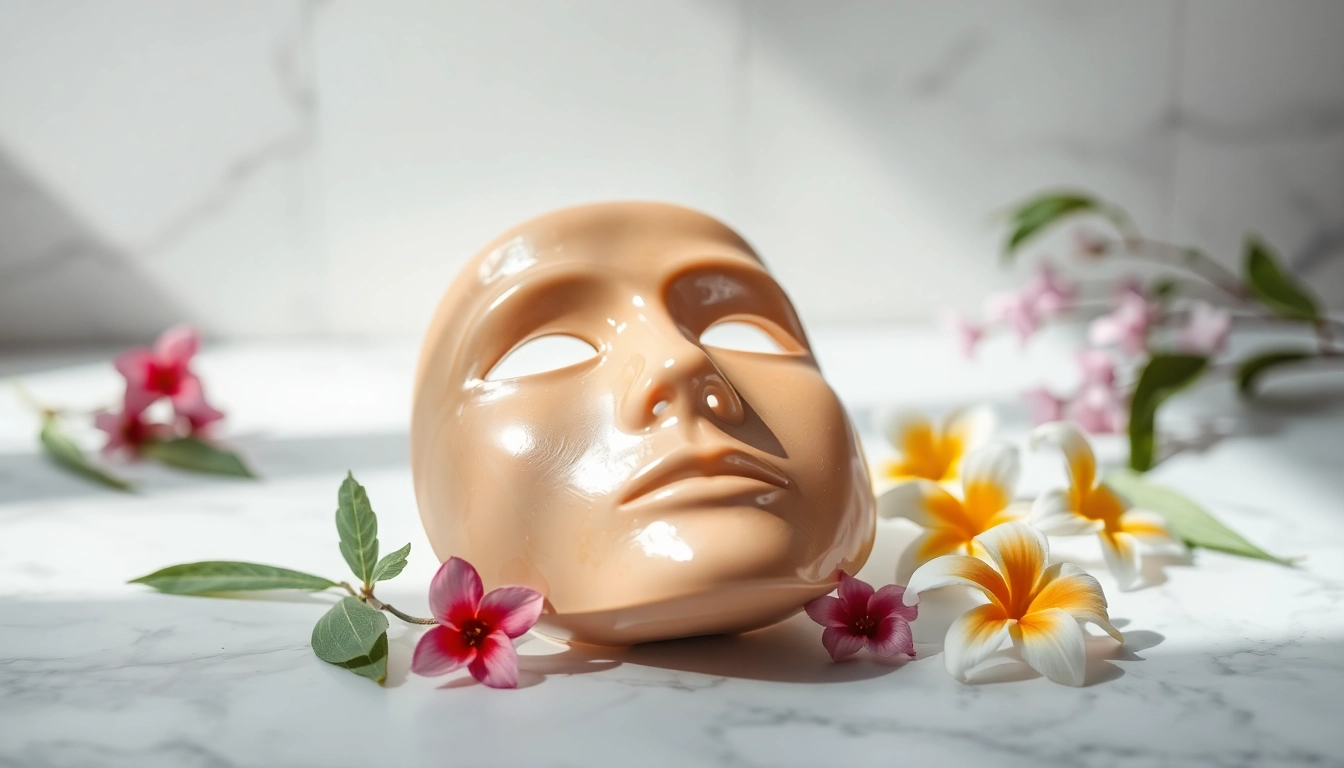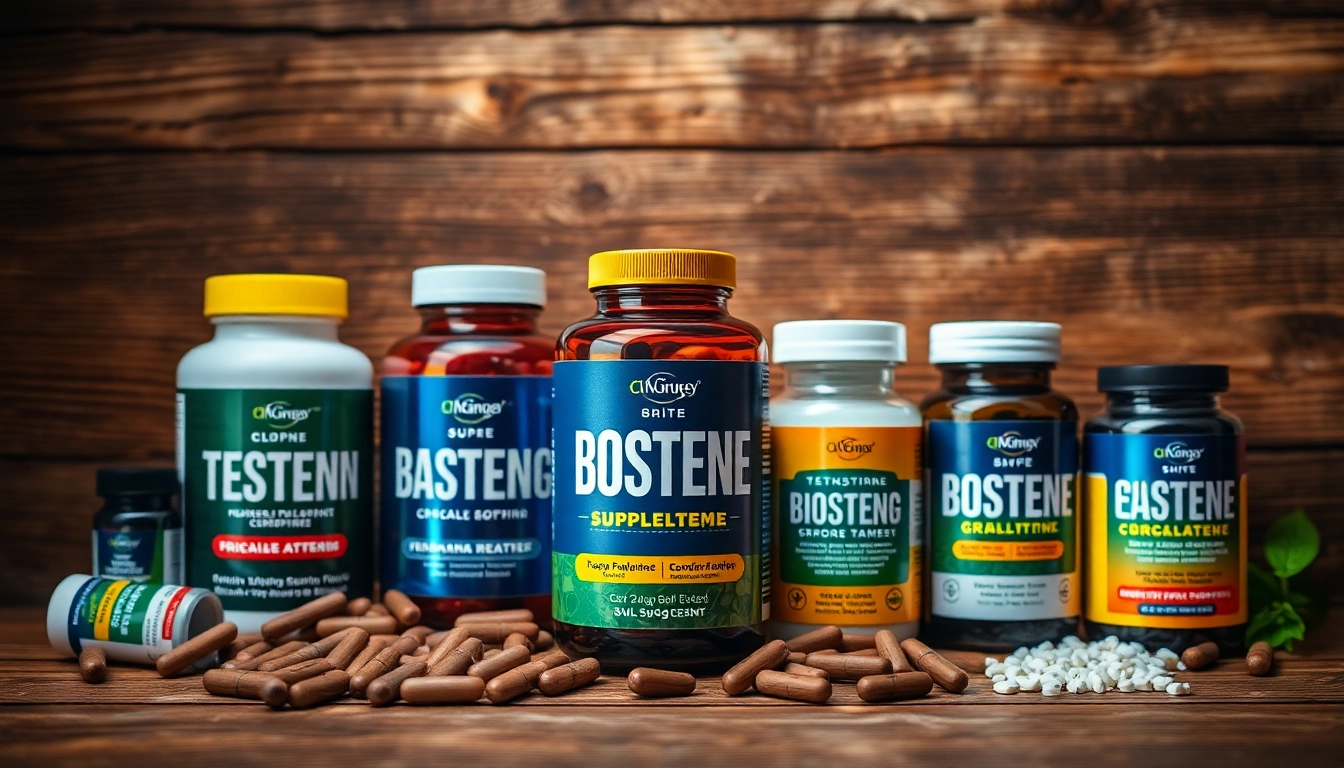Understanding Facial Masks: The Basics
Facial masks have gained significant popularity as a fundamental part of skincare routines across the globe. These products offer a unique and targeted treatment, helping to improve skin health, enhance beauty, and provide relaxation. Within the realm of skincare, understanding what facial masks are and how to properly incorporate them into your routine is essential for achieving the best results. For professionals and enthusiasts alike, familiarizing with various types of masks can lead to improved skin quality and overall wellbeing. In this comprehensive guide, we delve into the world of facial masks, exploring their variety, purpose, and how to select the right one for your skin type. To enrich your skincare journey, consider discovering our range of high-quality facial masks.
What is a Facial Mask?
A facial mask is a topical treatment applied to the face that offers numerous benefits depending on its formulation and purpose. Generally, masks are thicker than regular creams and can be designed to target specific skin concerns, including dehydration, aging, acne, or brightness. They can be in various forms such as sheets, creams, gels, or clay and are often left on the skin for a predetermined amount of time before being removed. Depending on their active ingredients, facial masks work by penetrating the skin and delivering beneficial elements deep into its layers, thus promoting a healthier complexion.
Types of Facial Masks: Benefits and Uses
Facial masks come in a wide variety, each designed to serve different skin types and address specific issues. Understanding the types of masks available can help you choose the right one for your needs:
- Clay Masks: Perfect for oily and acne-prone skin, clay masks can draw out impurities and excess oil, helping to prevent breakouts.
- Cream Masks: These masks provide deep hydration and nourishment, making them ideal for dry or mature skin.
- Sheet Masks: These disposable masks, saturated with serum, add moisture and nutrients directly to the skin, making them a quick and convenient choice.
- Exfoliating Masks: Often containing alpha or beta hydroxy acids, these masks help remove dead skin cells and promote cell turnover, revealing brighter skin beneath.
- Charcoal Masks: Known for their detoxifying properties, charcoal masks can help clarify and purify the skin by binding to toxins and impurities.
Choosing the Right Facial Mask for Your Skin Type
Selecting the appropriate facial mask for your skin type is crucial for optimal results. For instance, if you have oily or acne-prone skin, look for masks with clay or charcoal that can absorb oil. For dry skin, opt for creamy masks rich in hydrating ingredients like hyaluronic acid or glycerin. If your skin is sensitive, consider hypoallergenic sheet masks that deliver hydration without irritation. Always perform a patch test before applying a new mask to ensure that your skin does not react negatively.
Active Ingredients in Facial Masks
Key Natural Ingredients to Look For
The effectiveness of a facial mask largely hinges on its active ingredients. Here are some natural components that enhance the efficacy of facial masks:
- Aloe Vera: Renowned for its soothing properties, aloe vera hydrates and calms irritated skin.
- Honey: A natural humectant, honey attracts moisture to the skin, making it excellent for hydration.
- Green Tea: Rich in antioxidants, green tea helps combat free radicals, reducing signs of aging.
- Jojoba Oil: Balances oil production and provides moisture, making it ideal for all skin types.
Benefits of Clay and Charcoal Masks
Clay and charcoal masks have become staples in skincare routines due to their ability to detoxify and purify the skin. Clay masks, often made with ingredients like kaolin or bentonite, excel at absorbing oil and drawing impurities from the pores, making them perfect for oily and combination skin. Charcoal masks, on the other hand, leverage activated charcoal’s porous structure to trap toxins and debris, providing a thorough cleanse. These masks can result in a brighter complexion, reduced acne breakouts, and overall improved skin texture.
Hydrating Ingredients: Why They Matter
The importance of hydrating ingredients in facial masks cannot be overstated. Key components such as hyaluronic acid, glycerin, and ceramides help draw moisture into the skin and maintain its hydration levels. By enhancing skin barrier function, these ingredients prevent moisture loss, leaving the skin plump, supple, and youthful. Masks featuring these ingredients are especially crucial during harsh weather conditions, where skin can become dehydrated and damaged.
Application Techniques for Facial Masks
How to Properly Apply a Facial Mask
Proper application of a facial mask is vital for achieving desired results. Start by cleansing your face to remove any dirt, oil, or makeup. Using clean fingers or a brush, apply an even layer of the mask, avoiding the delicate eye area. Make sure to distribute the product uniformly for effective coverage. Leave the mask on for the recommended time to allow the active ingredients to penetrate the skin. Relax during this time, allowing your mind and skin to benefit from the treatment.
Timing: How Long Should You Leave a Mask On?
Timing is a critical factor when using facial masks. Most masks instruct to leave the product on for anywhere from 10 to 30 minutes. However, it is essential to follow the manufacturer’s instructions; leaving a mask on longer than recommended can sometimes lead to adverse effects, such as dryness or irritation. Pay attention to how your skin responds during your masking routine and adjust timing as necessary in the future.
Best Practices for Removal and Aftercare
Removing a facial mask correctly is just as important as applying it. Use lukewarm water to rinse the mask gently, ensuring that all residue is washed away. Pat your skin dry with a clean towel and follow up with your usual skincare routine, including toner, serums, and moisturizer, to lock in benefits. Aftercare is crucial for maintaining hydration levels and enhancing the results achieved from your mask.
Common Mistakes to Avoid with Facial Masks
Overusing Facial Masks: What’s Too Much?
While facial masks are beneficial, overusing them can lead to skin imbalances. It is typically recommended to use a mask 1-2 times per week, depending on your skin type and concerns. Excessive use can strip the skin of its natural oils, leading to dryness or irritation. Always heed your skin’s warnings—if you notice any adverse reactions, it might be best to reduce the frequency of use.
Using the Wrong Mask for Your Skin Concern
Choosing a mask that does not correspond to your specific skin concern can render it ineffective or even exacerbate issues. For example, using a hydrating mask on oily skin can lead to clogged pores, while a drying mask on dry skin can worsen flakiness. It is vital to assess your skin type and its current condition to select the best mask suited for your needs.
Ignoring Skin Reactions and Sensitivities
Though facial masks can offer wonderful benefits, it is crucial to pay attention to how your skin reacts after use. Ignoring reactions such as redness, itching, or a burning sensation can lead to long-term skin issues. Conduct a patch test by applying a small amount of the mask to a discreet area, such as behind your ear, before full application to gauge how your skin responds.
Choosing a Quality Facial Mask: What to Consider
Reading Labels: Understanding Ingredients and Claims
When selecting a facial mask, it is essential to read the labels carefully. Look for transparency regarding ingredients and avoid masks with harmful additives such as parabens or synthetic fragrances. A quality mask should clearly state its active ingredients and their benefits, ensuring you make informed choices that align with your skincare goals.
Popular Brands: Finding Trusted Options
Many reputable skincare brands manufacture facial masks. Look for brands renowned for using quality ingredients and being transparent about their formulations. Popular names include, but are not limited to, Fresh, Glamglow, and Dr. Jart+. Reviews and recommendations from fellow skincare enthusiasts can also guide you in finding effective products that suit your skin type.
DIY Facial Masks: Recipes and Tips
If you enjoy experimenting, creating DIY facial masks can be a fun and effective way to cater to your skin’s needs. Ingredients commonly found in your kitchen, such as honey, oatmeal, and yogurt, can be transformed into masks. For instance, a simple honey and yogurt mask can provide hydration, while a mixture of oatmeal and water can soothe sensitive skin. Always ensure that the ingredients do not irritate your skin and are appropriate for your skin type before use.



